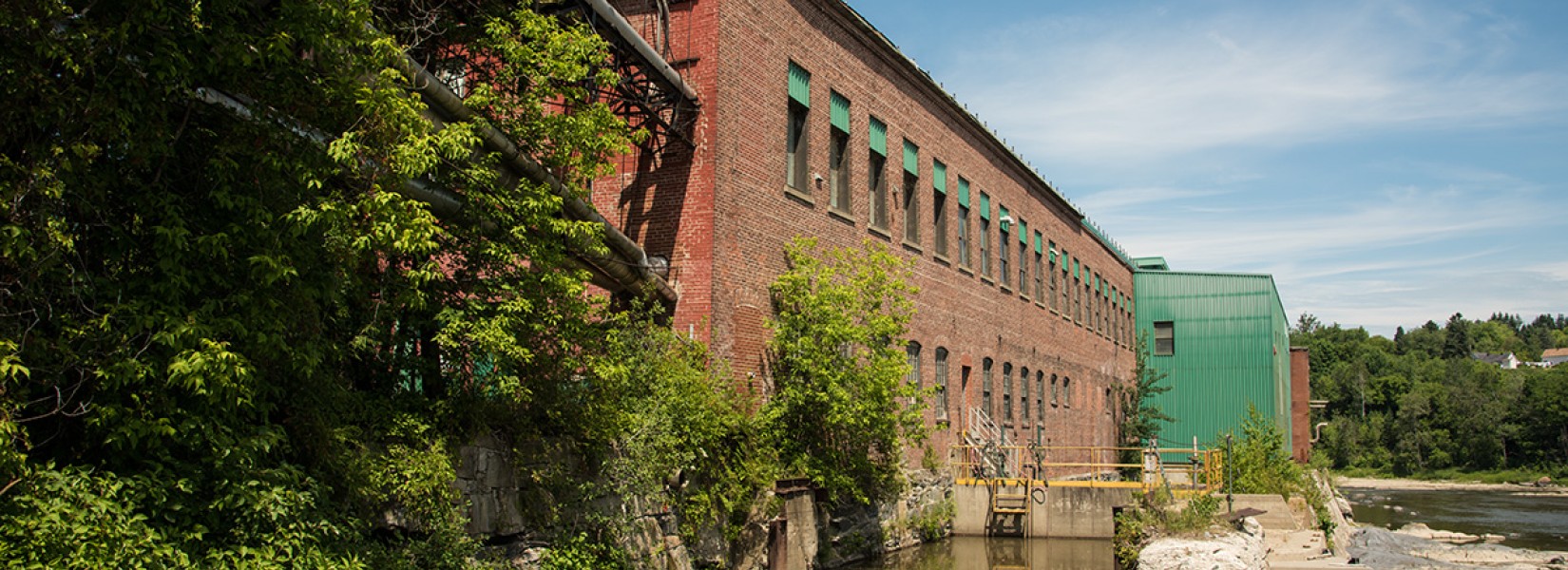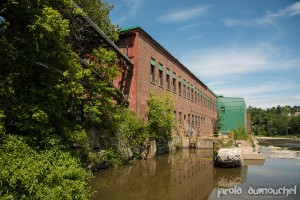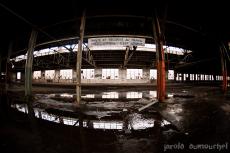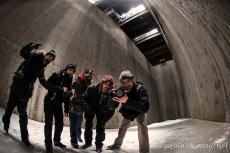Victim of the globalization of markets, the history of Stelfil Ltd. has suddenly stopped on March 28, 2008 for the factory and its hundred employees. The company has been decorated in 2002 in the Great manufacturing company category by the...
The old board mill
Ruins in the heart of a one-industry town
It was October 3, 2014 when it has been heard for the last time the siren for the end of the work shift. The last 180 employees picked up their belongings and closed the door behind them, thus ending an industrial history of over 125 years.
Family and friends were gathered outside the factory at the end of the day for a last look at the board mill which provide work to the citizen of this little town. If some have been relocated to the pulp and paper mill on the other side of the river, that was once part of the same complex (now sold to a competitor), other employees have taken the path of the forced retirement, and unemployment offices.

1910 - View of the factory and the old covered bridge now replaced by a concrete bridge
The industrial history of the site did not start yesterday. This is also in 1881 that are built first saw mill and a paper mill on the banks of this Eastern Townships river. Established in the middle of the forest and a rural area, the company will see its first inhabitants to settle in homes around the plant, rented by the owner. Within a decade, they will be more than 600 people this new mono-industrial town named in honor of this rich Scottish industrialist. Half of them are working at the plant.
The site will be gradually expanded over the years as evidenced by the railway track (now convicted), a second plant built on the other side of the river and the many extensions.
Shortly after its closure, the site was sold to a american competitor. While the latter must take possession of the buildings in the coming months, the latest machinery (salable) are on sale and a guardian is responsible for monitoring the premises at all times via the many cameras scattered on the site. Some buyers from everywhere around the world are also coming here to shop in this vast complex where intermingle machines at the cutting edge of technology and their ancestors who are no longer wanted by scrap dealers.
Related content
Abandoned since December 1993, the former incinerator des Carrières, known as the incinerator # 3 is now partly used as a warehouse by the City of Montreal. It is also one of the few places where there have power in a portion of the building....
Well, to be honest, the railway Montreal Maine & Atlantic Railway site we visited is not a real urbex site. At least not yet. But between you and me, it should not take long.
A story that everybody hear aboutWhether you live in...
For the region, it is a vestige of an industrial era that is now over. Whereas in the past, the factory gave a salary to nearly a hundred employees, the complex is now padlocked and deserted, although monitored by about twenty surveillance...




































